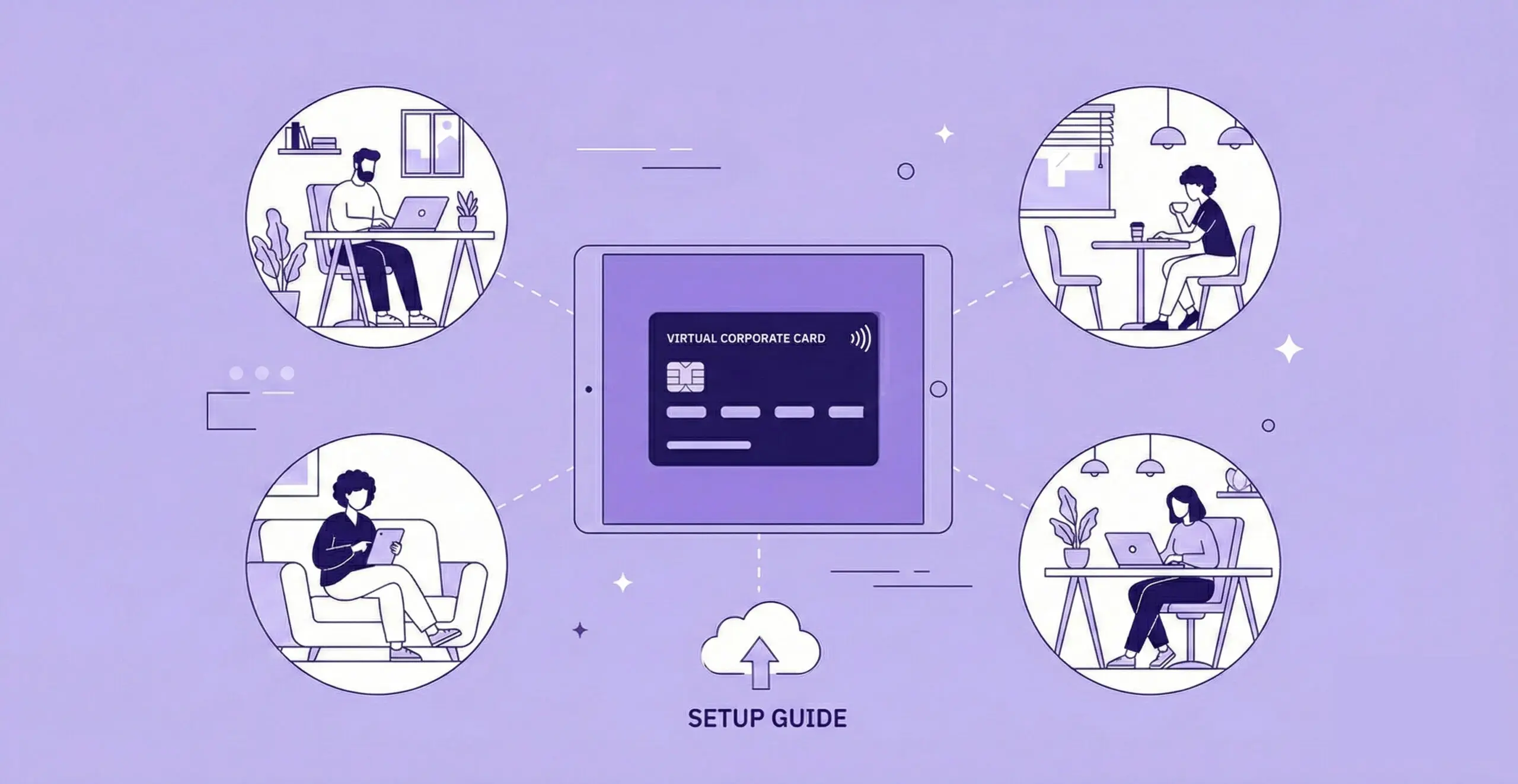August 01, 2023
The Modern CFO: What Will the CFO Office Look Like in 5-10 Years? Part 3/3

Sign up for our newsletter
Stay informed with the latest trends and best practices in finance and procurement.

This is part 3 of The Modern CFO blog series.Previous blog series articles:
- The Modern CFO: The Office of the CFO Part 1/3The Modern CFO: The Office of the CFO Part 1/3
- The Modern CFO: The Evolving Role of the CFO Part 2/3The Modern CFO: The Evolving Role of the CFO Part 2/3
--
Predicting the exact state of the CFO office in 5-10 years is complex. However, there are many factors and trends that provide insight into how the role may evolve. Here are a few predictions based on what’s happening now:
Moving from Cost Center to Business Driver
Finance and the office of the CFO are swiftly moving from a cost center to a business driver. In this aspect, solutions will be critical, and a CFO with a vast knowledge of new technologies will come out on top.
Companies are looking to digitize now more than ever, inevitably turning finance into a profit center. It’s an opportunity to capitalize and make more money on how you're spending money.
The Emergence of Artificial Intelligence
Operational Logistics
Artificial intelligence can assist with cases of operational logistics. This is especially evident with AR and billing, where reconciliation can run into issues.
For example, the quoted price on the invoice doesn’t always match the bank transaction. AI can leverage this challenge and use smart technology to make split-second decisions.
Another example would be when AI takes a sales order and turns it into an automated sequence of invoices.
Corporate Decision-Making
The potential impact of AI in the role of CFO includes streamlining, optimizing, and managing data, but at some point, you can also use this information to create decisions. AI can take both internal and external data, grade all of that, and use it to build an artificial model. This can be used to assist leaders like the Vice President and COO in making operational, financing, and strategic decisions.
Benchmarking
In tomorrow’s accounting world, benchmarking is the Holy Grail. Giving customers data about the best pricing model for them, what others are doing, what’s happening in the market, etc. This is where AI is headed.
Predictive Analytics
Machine learning is now giving us insight into spend like never before, leaving a lot on the table for predictive analytics. For example, a business could create a model that predicts whether a request will be approved or not based on what they’re seeing from a specific customer and the customer base. The more technology that becomes available, the more accurate predictive analytics you’ll get.
Finance will never be replaced by AI. It simply adds another layer of assistance. Instead of filling out a form, documents are voice-activated, which can then be converted into the format that works best for the organization. AI can sift through a receipt and immediately understand the specific chart of accounts. AI will excel with tasks like this that bridge the gap between human interaction and machines.
Making Tools More Performative
In general, AI makes tools more performative. It’s more likely to be used as a component of best-in-class technology. Think digital assistant and the like. In this case, a human can never be fully replaced; rather, the robot is there to do the grunt work.
Algorithms and Machine Learning
There are data limitations in every use case, so it’s important to look at AI and ML applications on an individual basis. In specific instances, this type of technology works really well, especially when it comes to forecasting, cash classification, and flash reporting. It can enable a business to do things like performing a soft close on the first day of every month, in order to make better choices down the road.
Companies are now actively exploring the abilities of machine learning, despite not reaching 100% accuracy just yet. Building an efficient algorithm and business model is still a process of trial and error. It’s about fine-tuning what algorithms are needed for which types of use cases, and then building on that further.
Conclusion
Leading an organization’s digital transformation is one of the hardest areas for a CFO to achieve financial success. However, forward is the only momentum you have, and CFOs that ignore technology today, will only fall farther behind tomorrow.
As the responsibilities for the modern CFO office increase, it’s still a position that’s vastly undercelebrated. For years, people have been congratulating sales and marketing, but companies are turning a new page.
It’s become apparent that the CFO is the key to unlocking incredible insights that lead to data-driven decision-making. This is why finance teams are slowly converting from cost centers to drivers of growth. There is an inherent value that lies within the job of the CFO—and a money-making one at that.
The CFO office is one of the last frontiers for digital transformation. Don’t white-knuckle the ride. Get prepared. It’s not about automating the entire process. It’s about taking a human-centric approach, understanding the best tools to get the job done, and clearing up the day for more qualitative responsibilities.

